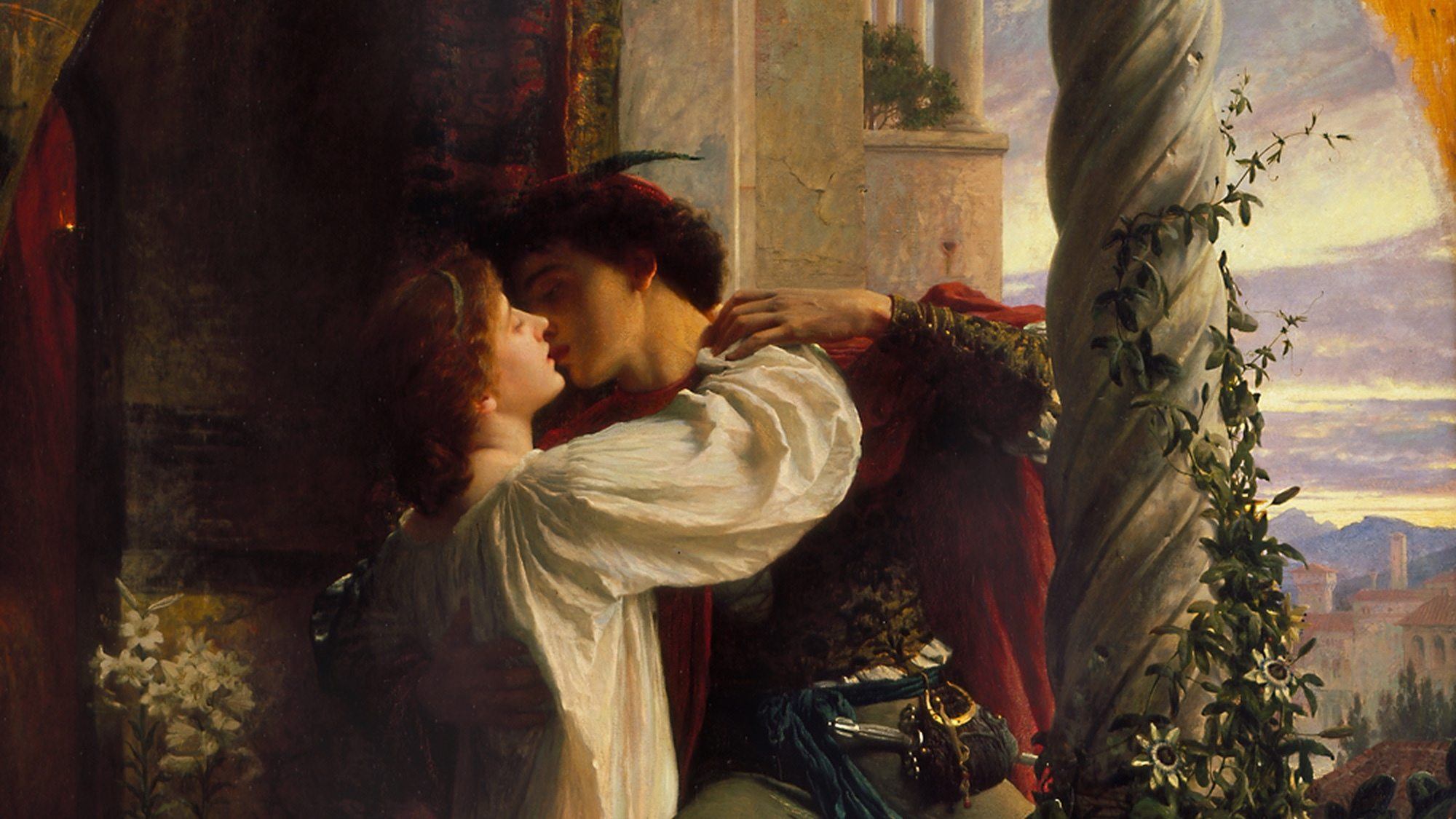Perhaps as a result of his turbulent personal struggles, Pyotr Ilyich Tchaikovsky was drawn to stories of doomed love.
It is a theme which runs through the Pushkin-inspired operas, Eugene Onegin and The Queen of Spades, the ballet Swan Lake, the Manfred Symphony, and the hellish Dante-inspired tone poem, Francesca da Rimini.
Predating all of these works was the Overture-Fantasy on Shakespeare’s Romeo and Juliet, composed in 1869 by the 29-year-old Tchaikovsky. The subject matter, and an outline for the piece, were suggested to the young Tchaikovsky by Mily Balakirev. Despite their differences, the two composers consulted frequently. (Tchaikovsky was formally trained, while Balakirev and his group of nationalistic “Russian Five” composers distrusted formal musical training and turned their backs on the West). Following initial performances, Tchaikovsky revised the tone poem in 1870, and again in 1880.
Unfolding in sonata form, Romeo and Juliet encapsulates moments of the tragic drama in a way similar to a modern-day film score. The introduction begins with a solemn organ-like chorale, played in the low woodwinds by clarinets and bassoons. Evocative of a Russian Orthodox chant, it is a musical depiction of Friar Laurence, who in Shakespeare’s play is at once compassionate, scheming, and political.
Throughout the tone poem, Tchaikovsky’s use of disparate keys sharply contrasts the “outer world” of feuding families with the “inner world” of the lovers. Beginning in F-sharp minor and modulating to E minor, the introduction foreshadows the story to come, with its combination of blissful exultation and ultimate tragedy.
The tempestuous first theme, set in B minor, represents the conflict between the Capulets and Montagues. It is filled with swirling counterpoint, punctuated by cymbal crashes. With a sudden shift to D-flat major, we are transported to Romeo and Juliet’s first meeting in the balcony scene. The English horn quietly introduces what is perhaps the most iconic love theme of all time. The quiet shimmering harp and muted strings create a dreamy moment of celestial repose. In the development section, we are pulled back to the “outer world,” with the rising scale of the Friar Laurence motif combining with the “feud” theme. With a clash of metal, cymbal and bass drum blows evoke a furious sword fight. The “love” theme returns as a passionately soaring statement in D major. The theme’s extended lines climb ever higher, but its celestial trajectory is interrupted, and pulled back to earth.
The coda section brings the somber timpani tread of a funeral procession. A wind chorale in B major provides a glimmer of sunlight, and a moment of repose. A final echo of the “love” theme, heard high in the violins, is a wrenching blend of darkness and light. The final cadential chords land as a faltering heartbeat.
This performance, featuring Andrés Orozco-Estrada and the Frankfurt Radio Symphony, was recorded in September of 2023:
Five Great Recordings
- Leonard Bernstein and the New York Philharmonic (1957 recording)
- Iván Fischer and the Budapest Festival Orchestra
- Mikhail Pletnev and the Russian National Orchestra
- Claudio Abbado and the Berlin Philharmonic
- Charles Münch and the Boston Symphony Orchestra
Featured Image:”Representing the famous balcony scene from Romeo and Juliet” (1884), Frank Bernard Dicksee

